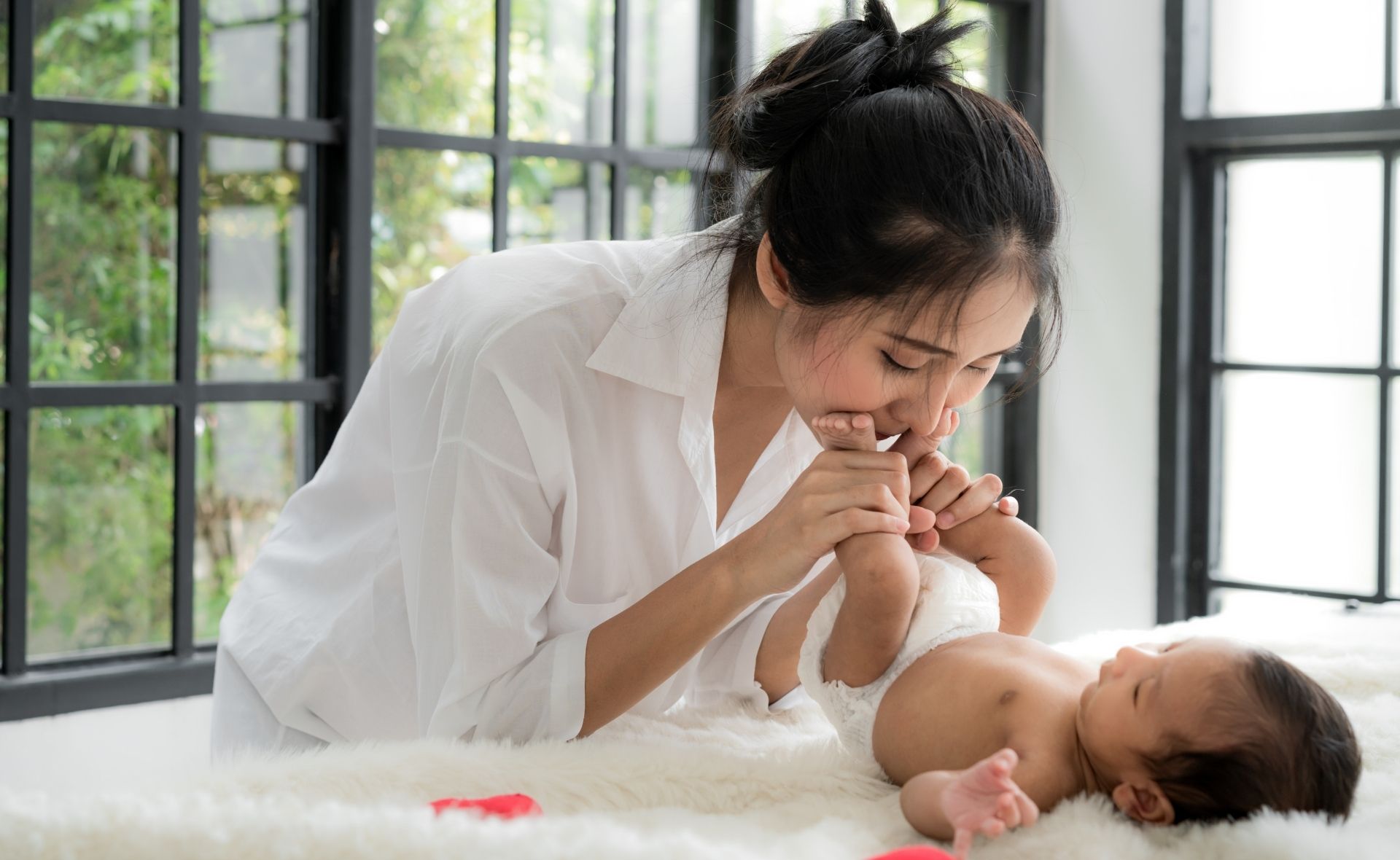Planning on joining the ranks of the more than 726,000 Australian families who use approved child care? The best thing you can do is to get in early. In fact, it’s worth putting on your thinking cap as soon as you know you’re pregnant. Places are often in high demand, and waiting lists of two years are not unheard of.
Leora Coleman, an early childhood expert with the Community Child Care Co-operative in NSW, says it’s important to research all of your options, as there are many different kinds of care for littlies – and family situations.
If this sounds overwhelming, don’t panic. Thousands of other parents have been through the same process and survived! Try our step-by-step approach to make the search less daunting.
CHOOSE THE RIGHT PLACE FOR YOU
Edit your options
Start by making a list of what you, as a parent, are looking for, including location, centre size, flexibility and cost. “Consider whether you would like your child care to be near your home, which creates opportunities for your child to make local friends who might go to the same preschool or school,” says Leora. “Or you may prefer it to be close to work, which can be more convenient.”
Obviously, in some cases, parents have to settle for a child care spot that is not their first preference. If this happens to you, keep your eyes open for alternatives and your name on the waiting lists until something more suitable comes up.
Play detective
While there are national benchmarks for child care centres and FAQs on centre websites, they can only sketch a rough picture. There’s a lot of equally important information that you can only discover in person, by visiting a centre that you’re interested in, watching other tots and observing what goes on. “Ask questions of the staff, and find out the centre’s child care philosophies,” says Leora. “Does it seem a right fit for you?”
Mix ‘n’ match
As well as long daycare, family daycare, child minders and nannies, there are also more flexible types of child care springing up. If you work at a hospital, for example, some are now providing after-hours care to cater for shift workers who can’t meet the usual 6pm pick-up time. Some long daycare centres have also started offering weekend and overnight care. Nannies may be available for more flexible hours, but they can be expensive compared to other options.
Dive into digital resources
As well as asking friends and other mums in Facebook groups about local child care options, it’s also worth trying out any new apps and looking online for information about child care services. The Kindy app (free from iTunes or Google Play) can help you find and contact nannies and babysitters in your area. It allows you to filter your search to locate carers who suit your schedule, budget and preferred experience and education levels.
Another valuable resource is the comprehensive online directory at www.careforkids.com.au, which allows you to search for different types of child care, apply to be waitlisted and register to be alerted when a vacancy arises.
EASE INTO A ROUTINE
Build up to it
Just as it takes time to settle back into work after maternity leave (goodbye café, hello office!), it’s the same for your child starting child care, so make the transition slowly and gently. Clinical psychologist Mia Scotland says don’t go cold turkey. “Begin with an hour together with you there, then a couple of hours without you, building up to a full day,” she says. Keep the days and hours regular – predictability is important for kids.
Don’t do a runner
Tempting as it may be to sneak out while your tot is happily assessing the toy selection, she may panic when she realises you’re not there. “Even if it makes her cry, tell your child you’re leaving and that you’ll see her again soon,” says Mia. “Then give her a time-related reference, like, ‘Mummy will be back at dinner’.” Once you’ve decided to go, do it quickly. Lingering will only let her know you’re anxious.
Give a mum-ento
Especially when your child is new to daycare, leave her with a transitional object, such as a blanket or a soft toy, to remind her of home. “As well as a personal comforter, leave something of yours, such as a scarf, and ask her to look after it until you return, reinforcing the idea you’re coming back,” says Mia.
MAKE YOUR MONEY GO FURTHER
Register for benefits
It may be confusing but, essentially, there are two main government packages to help offset the expense of child care. One is the Child Care Benefit (CCB), which provides financial assistance towards the cost of approved and registered child care. It can be taken as reduced fees during the year or as a lump sum payment at the end of the financial year. It’s means tested and you also need to meet work eligibility requirements.
Claim a rebate
The other payment is the Child Care Rebate (CCR) for parents who are working, studying and training, in addition to the CCB. It covers 50 per cent of your out-of-pocket child care expenses up to $7500 per child per year. It is not means tested and you can claim your rebate fortnightly, quarterly or annually as a lump sum. To read more about CCR and CCB, visit www.humanservices.gov.au/families.
Share the cost
Hiring your very own Mary Poppins can do serious damage to your bank balance. Rates vary greatly, but $20-$30 per hour is quite common. A nanny share, where two or more families employ the one nanny, can make it more affordable. The nanny might care for the children in one family’s home, or alternate between homes. This cuts the costs and responsibilities of hiring a nanny, but still provides flexibility. To find a shared nanny, visit www.lullabynannyshare.com.au.
AT A GLANCE
Child care comes in many shapes and forms, from home-based care to large, privately run daycare centres. Here are the main options.
LONG DAYCARE CENTRES are generally run by private companies, local councils or community organisations, in buildings dedicated to the purpose. Typically open from 7am to 6pm, they are highly regulated, and all carers have childcare qualifications. When considering a centre, visit the government’s Australian Children’s Education and Quality Care website to see how it fares against national benchmarks.
FAMILY DAYCARE is where your child is cared for by an educator, who looks after no more than four children under school age, plus an optional three additional school-aged children, in their own home. Educators have the same qualification requirements as other early childhood education and care options including pre-schools and long day care. The educators are registered with a local family daycare approved service, usually run by councils. Visit www.familydaycareaustralia.com.au for more information.
NANNIES come to you and tend to offer flexible arrangements. They can be relatively expensive, but they allow your child to remain in her home environment and routines.
For more toddler-related issues, advice and shopping tips, check out Toddler Times magazine on sale now.





.png)